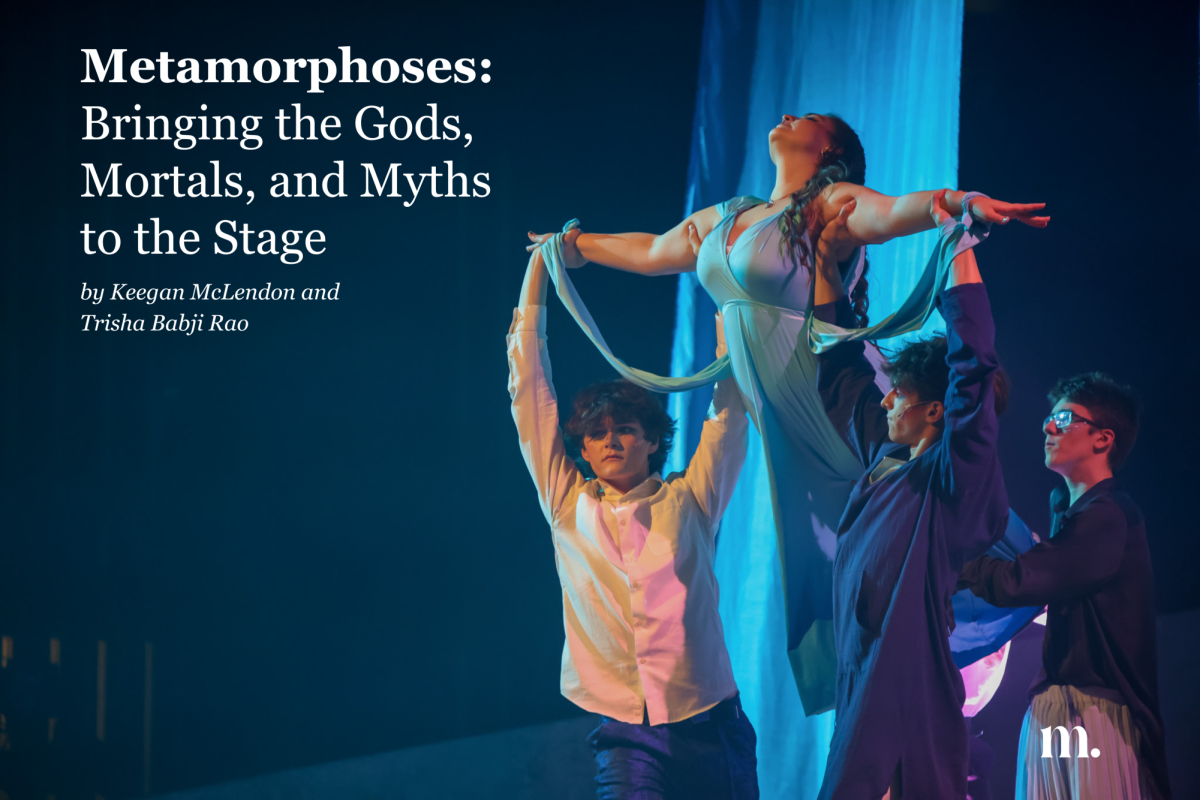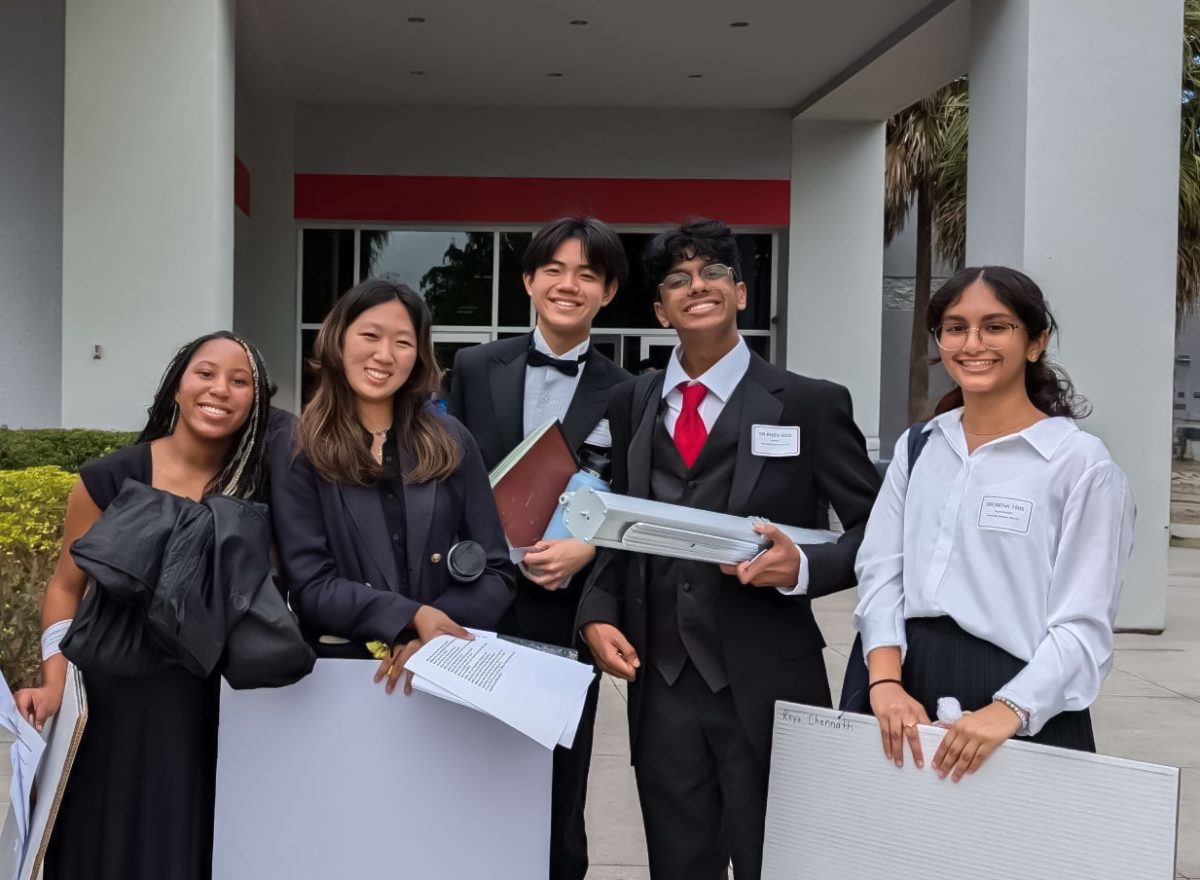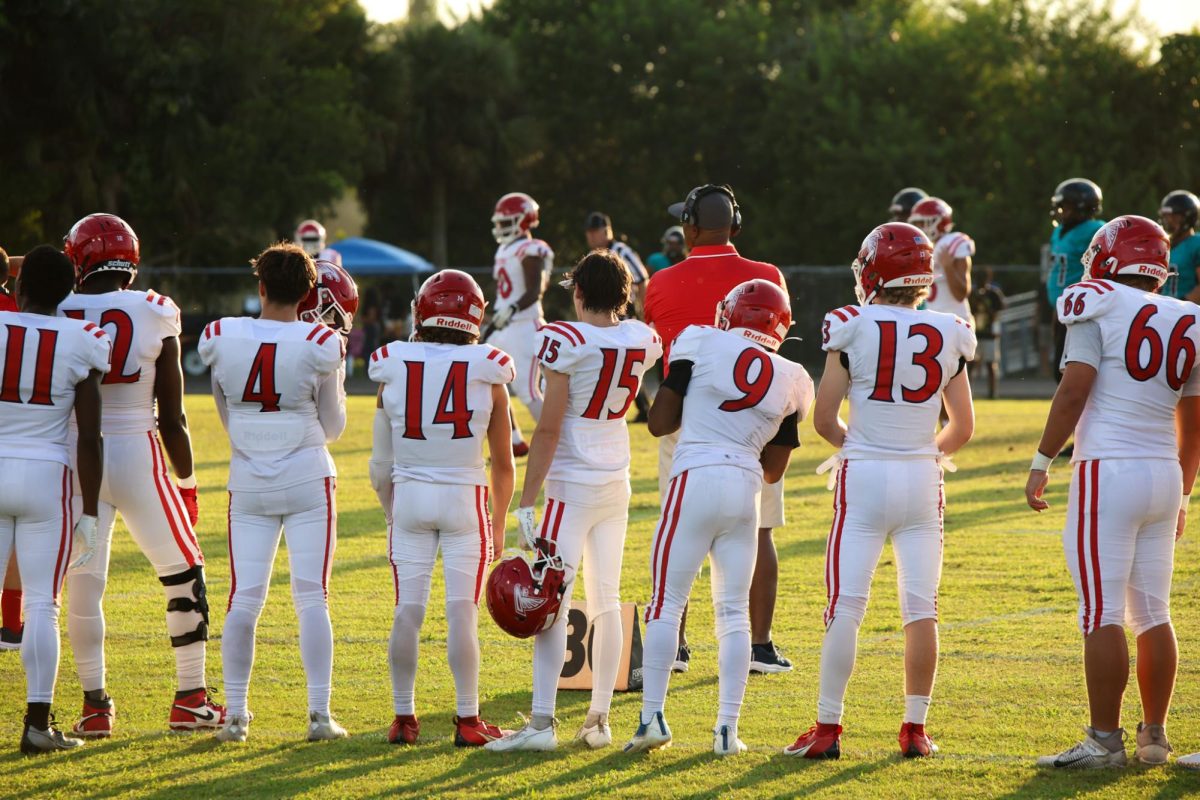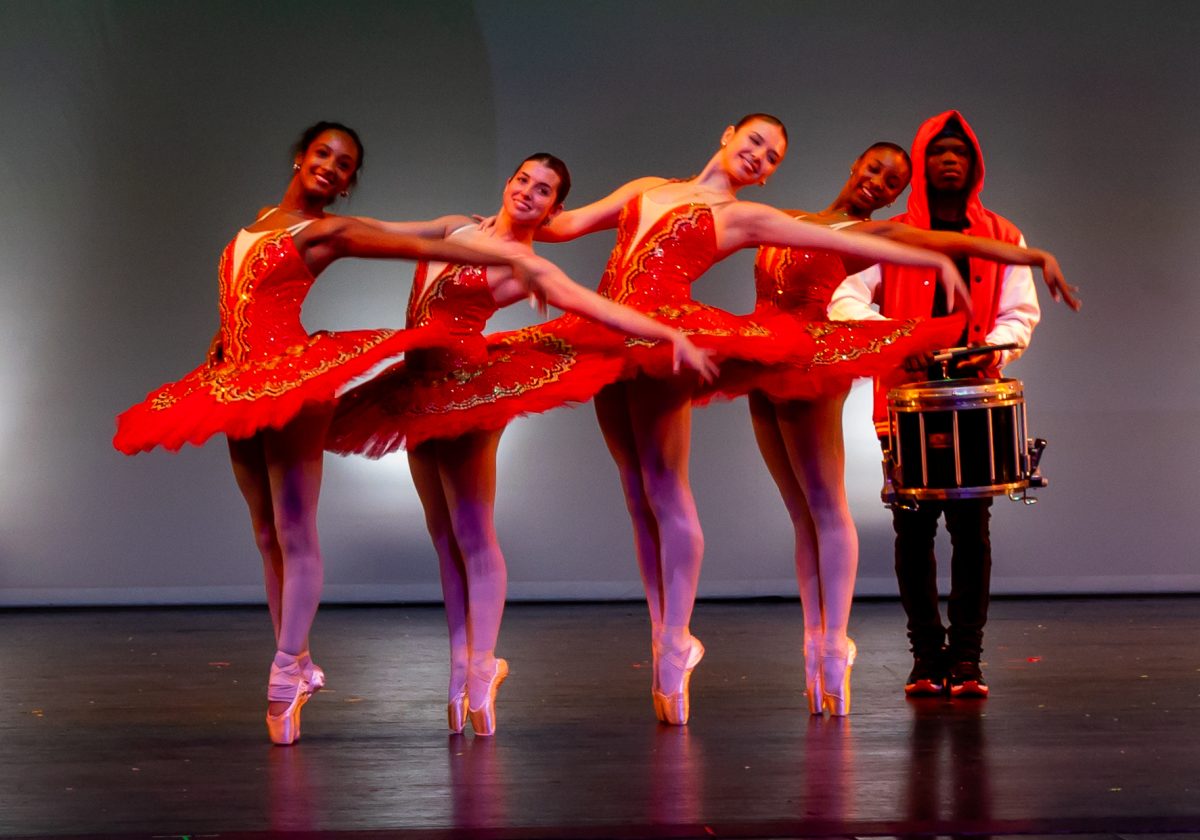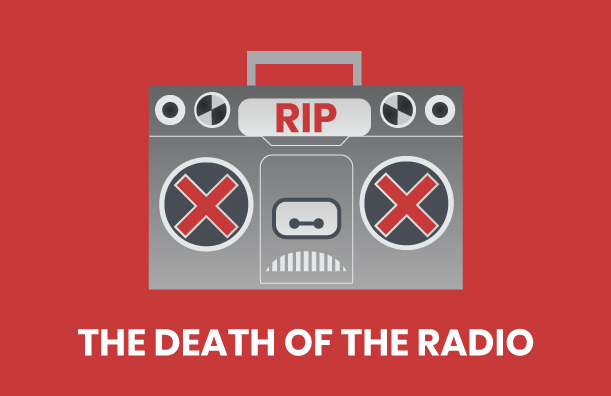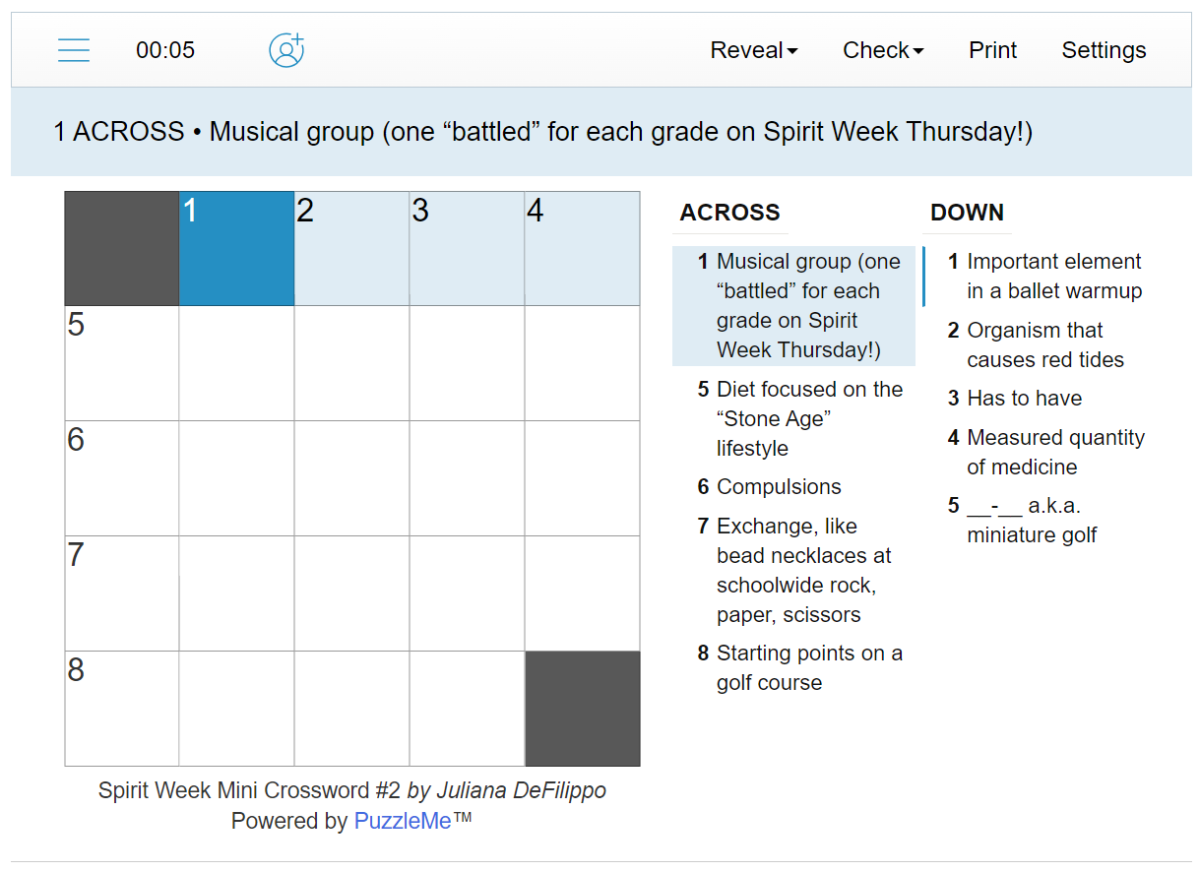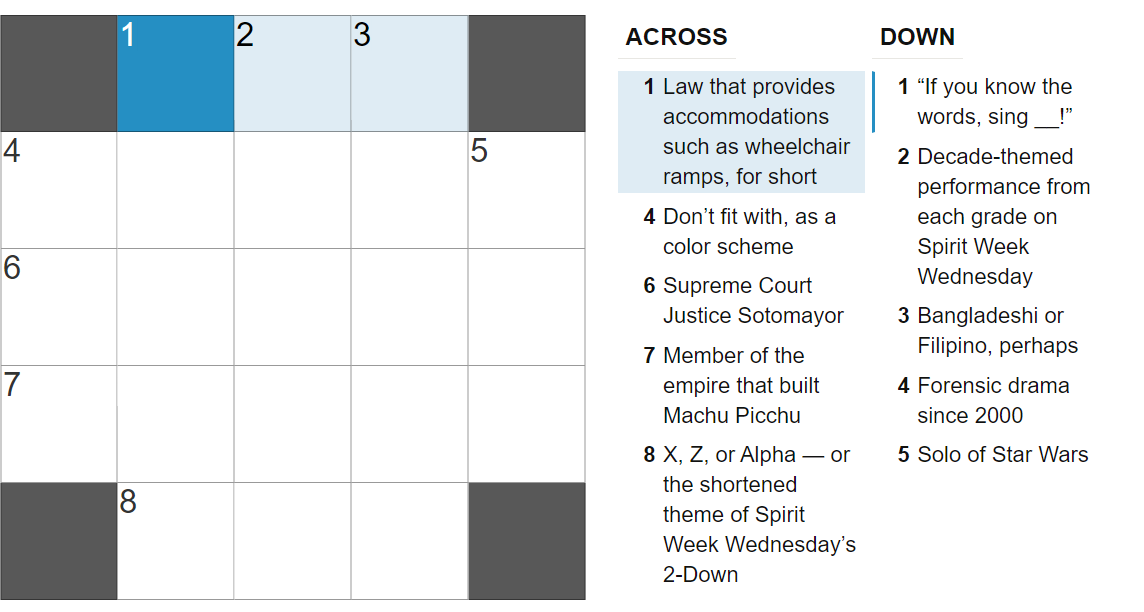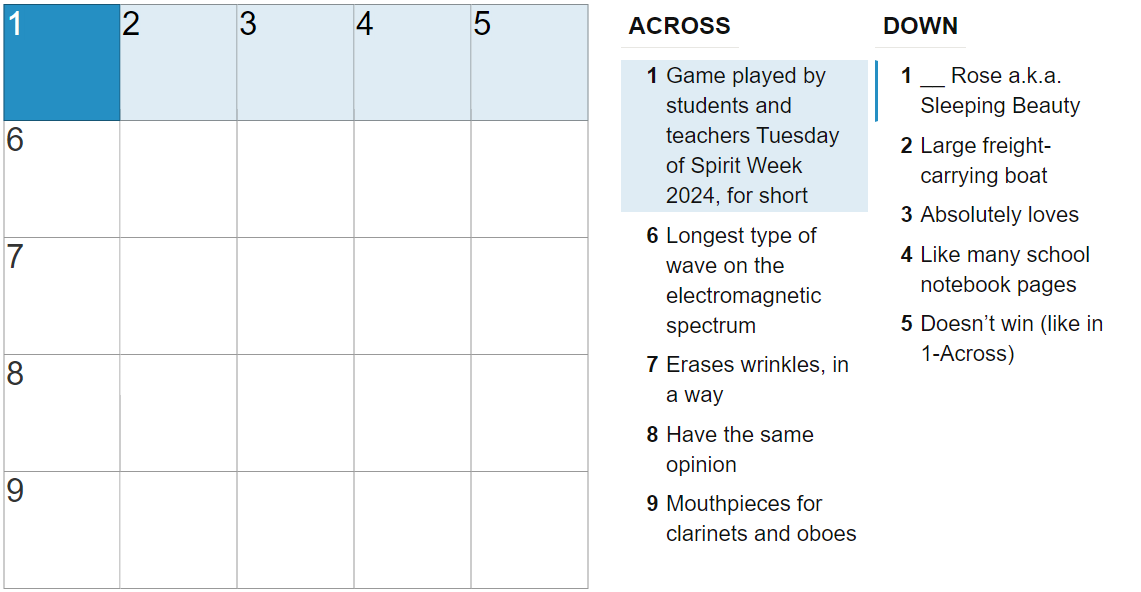The days of sock hops, Frank Sinatra, and vintage Chevrolets have faded away. The crackling of car radios may be missed, but as one technology fades out, another takes its place. Today, most students aren’t tuning into their car radios to listen to their favorite hits. In the past decade, streaming music via smartphones has increased significantly. Online platforms have allowed for easier listening, but this means that the radio is on the decline.
Pandora opened to the public in 2005 with a goal of preserving the value of music.
“One of the most important founding principles of Pandora is a respect for music and for those who create it,” Pandora’s founder, Tim Westergren said in an interview with GlobalGiving. “It has long been our desire to support the music community and to be actively involved in music-related causes. Music has a long history as both an effective agent of social change, as well as a powerfully transformative art for individuals.”
A year later, Spotify was launched. Spotify is now the most-used platform to date with about 96 million paying subscribers worldwide, according to Statista. Communications sophomore Alissa Xiao appreciates that “she can carry her music everywhere” thanks to Spotify.
One of Xiao’s favorite features about Spotify is its inclusion of individualized playlists. Each user receives daily and weekly playlists based on their listening habits. Although the first to introduce this feature, Spotify is not the only music software that uses it; Apple Music also makes pre-mixed playlists ranging from “Feels” to “Relaxation.”
The addition of widgets have also provided for more personalized options when listening to music. For communications sophomore Jasper Weinberg, being able to skip songs, choose songs directly, queue tracks, and make playlists is “super freeing.”
“Mostly, I get to listen to the kind of music I want to,” Xiao said. “If I want to listen to something sad I can, and if I want to listen to French synth pop indie, I also can.”
One of the leading causes for the death of the radio is advertisements. The jarring sounds that interrupt the flow of music lead many to turn to the streaming services that don’t always have them.
“I would have to sit there, waiting for the radio commercials to stop, just so I can listen to the same pop song on repeat,” Ronan said. “Meanwhile, in Apple Music, I can have a playlist filled with millions of songs with no limit.”
For students like Weinberg, these platforms go beyond easier listening. Weinberg, who goes by Biggi Woog on Spotify, uses the platform to grow his following as a rapper and student music producer.
“The availability of Spotify really helps out my musical career because it helps my music [become] more available to the public,” Weinberg said. “On Spotify and SoundCloud, it’s a much more creator-friendly base, as smaller artists can post their own music as well.”
With all of these new programs, the popularity of the radio has decreased; Xiao only listens to the radio when her parents are around. Ronan tunes in only when her phone is dead. Weinberg said that the last time he turned on a radio was for a football game, not to listen to music.
“I personally feel like Spotify, SoundCloud, etc. are so accessible,” Ronan said. “You can listen to the song right when you want to rather than having to tune in or wait for a certain time in the radio.”
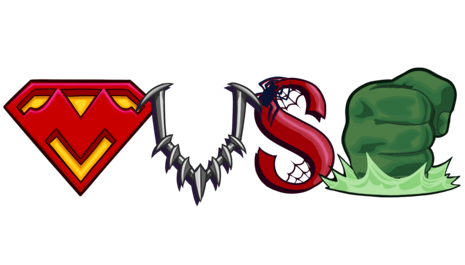



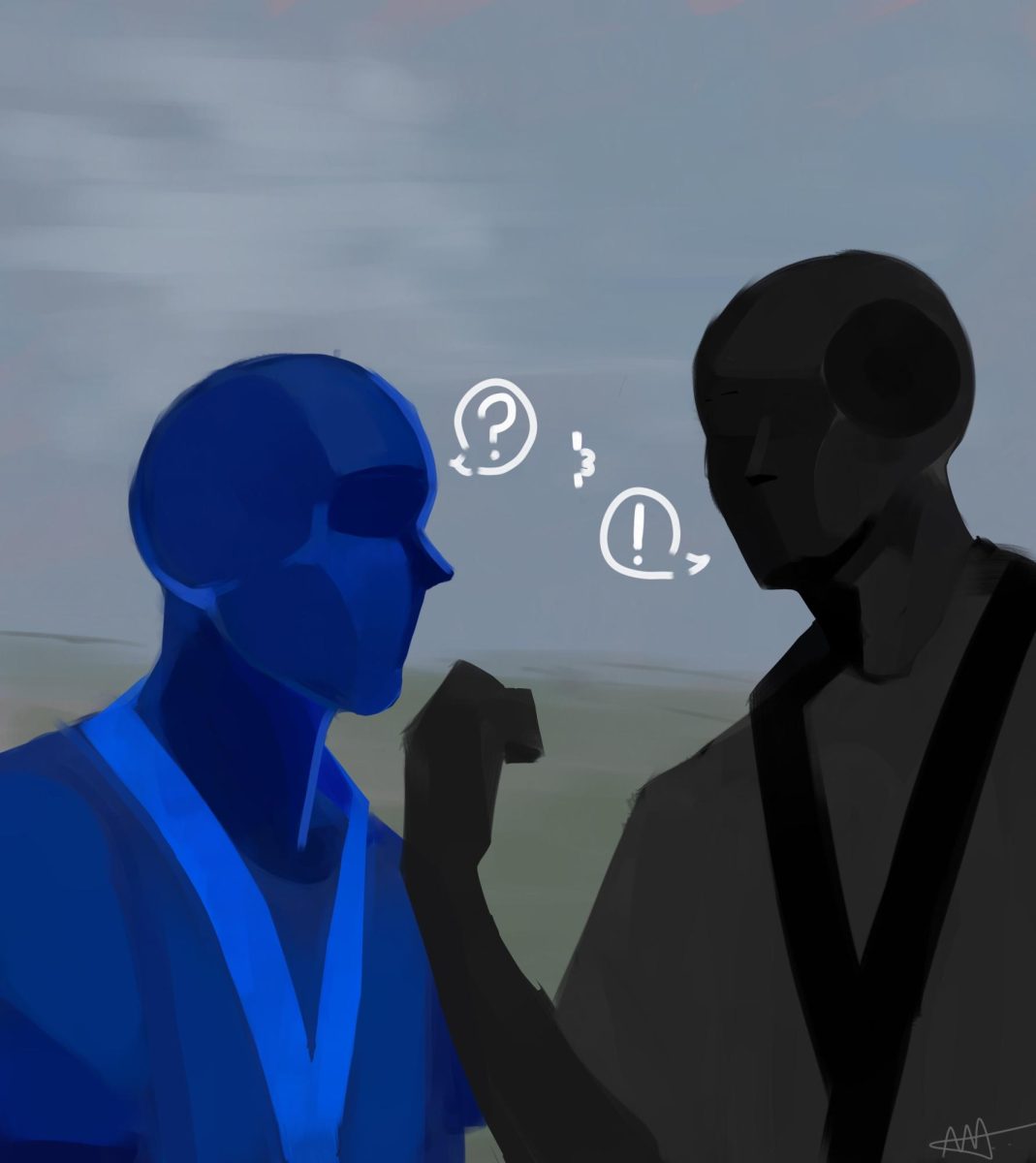




![[BRIEF] The Muse recognized as NSPA Online Pacemaker Finalist](https://www.themuseatdreyfoos.com/wp-content/uploads/2025/03/IMG_2942.jpeg)











